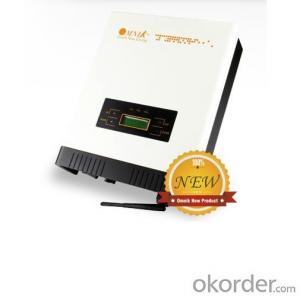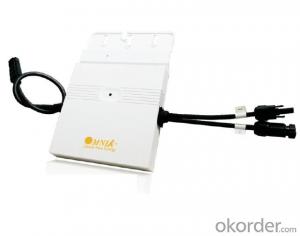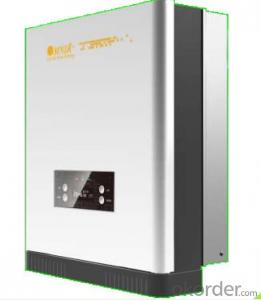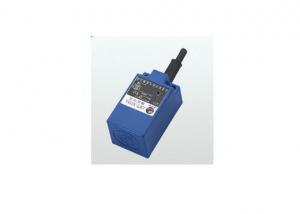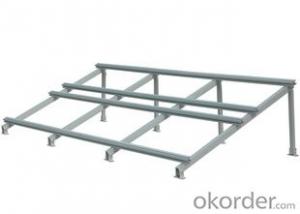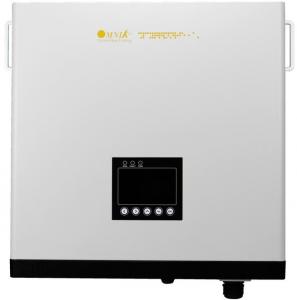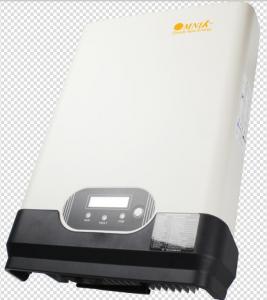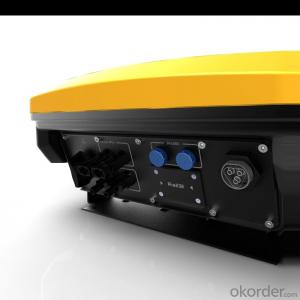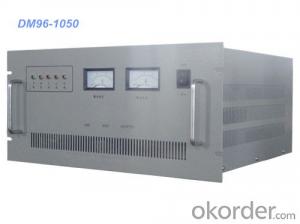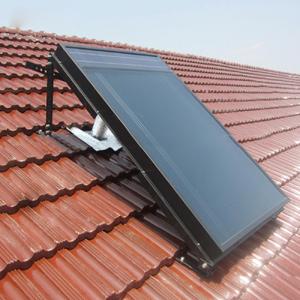Omron Solar Inverter
Omron Solar Inverter Related Searches
Omnik Solar Inverter Orion Solar Inverter Sunrun Solar Inverter Amaron Solar Inverter Emerson Solar Inverter Inverter Solar Offgrid Solar Inverter Opti Solar Inverter Omega Solar Inverter Solar Solar Inverter Inverter Solar Cell Infineon Solar Inverter Solar Smart Inverter Inverter Solar Panel Smart Solar Inverter Olx Solar Inverter Smart Inverter Solar Inverter Solar Battery Victron Solar Inverter Sun Solar Inverter Inverter Power Solar Siemens Solar Inverter Power Solar Inverter Empower Solar Inverter Solar Home Inverter Inverter Solar System Inverter Battery Solar Solar Battery Inverter Solar System Inverter Inverter Solar PanelsOmron Solar Inverter Supplier & Manufacturer from China
Omron Solar Inverter is a high-quality product designed to convert solar energy into usable electrical power for residential and commercial applications. These inverters play a crucial role in the solar power generation process, ensuring that the energy harvested from the sun is efficiently transformed and utilized. They are essential components in solar power systems, as they help maintain the stability and reliability of the energy supply. Omron Solar Inverters are widely used in various settings, from small-scale residential installations to large-scale commercial and industrial projects. They are known for their durability, efficiency, and ability to withstand harsh environmental conditions, making them a popular choice among solar power system installers and users alike.Okorder.com is a reputable wholesale supplier of Omron Solar Inverter, offering a vast inventory of these essential solar power components. As a leading distributor, they ensure that customers have access to a wide range of Omron Solar Inverter models, catering to different power requirements and system configurations. Their extensive inventory allows customers to find the perfect inverter for their specific needs, whether it's for a small home system or a large-scale commercial installation. Okorder.com's commitment to providing high-quality products and excellent customer service has made them a trusted source for Omron Solar Inverter and other solar power equipment.
Hot Products






